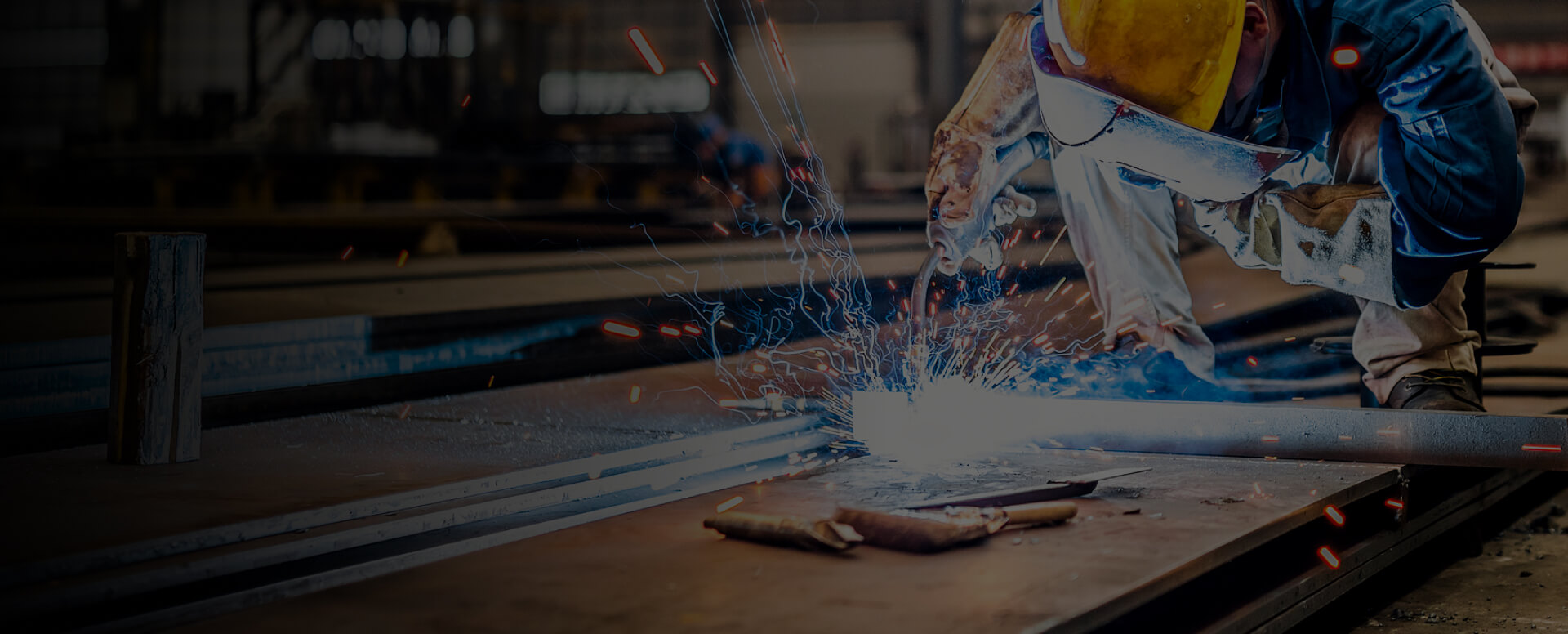
Plasma cutting machines require varying voltage levels, typically ranging from 110V for small-scale tasks to 600V for industrial applications.
Plasma Cutting Basics
Understanding the fundamentals of plasma cutting is essential for both beginners and experienced operators. This process relies on key components and electrical principles to achieve precise cuts.
Core Principles
Plasma cutting utilizes a high-speed jet of ionized gas, known as plasma, to slice through conductive materials. The plasma is created by passing gas through an electric arc, ionizing it into a high-energy state capable of melting and blowing away material, resulting in clean, high-quality edges.
Key Components
A plasma cutter consists of several essential parts:
1. Power Supply: Provides and regulates electrical energy to sustain the plasma arc.
2. Arc Starting Console (ASC): Generates a high-frequency circuit to ignite the plasma arc.
3. Torch: Contains the electrode, nozzle, and swirl ring—each focusing and stabilizing the plasma stream.
4. Gas Supply: Uses gases like air, nitrogen, or argon-hydrogen blends, depending on material and cut quality needs.
Role of Electricity
Electricity ionizes the gas to form plasma. The power supply controls voltage and current to maintain arc stability and optimize cutting performance.
Understanding Voltage in Plasma Cutting
Voltage plays a critical role in the efficiency and quality of plasma cutting. It influences the strength of the plasma jet, cutting speed, and edge finish.
What is Voltage?
Voltage refers to the electrical potential difference between two points. In plasma cutting, it determines the intensity and focus of the plasma stream. Higher voltage suits thicker or denser materials, while lower voltage works better for thin or soft metals.
Effects on Cutting Performance
1. Cut Depth: Higher voltage enables deeper cuts in thick materials.
2. Cutting Speed: Increased voltage often allows faster cutting but may reduce precision.
3. Cut Quality: Incorrect voltage can cause slag, rough edges, or incomplete cuts.
Voltage vs. Amperage
While amperage (current) generally defines the maximum material thickness a plasma cutter can handle, voltage affects the plasma jet's concentration and penetration.
Types of Plasma Cutters and Their Voltage Needs
Low-Voltage Plasma Cutters (110–120V)
Ideal for DIY or light industrial tasks:
Pros: Portable, user-friendly, cost-effective.
Cons: Not suitable for heavy-duty applications or thick materials.
High-Voltage Plasma Cutters (220–600V)
Designed for industrial use:
Pros: Cuts thick/dense materials efficiently; high speed and durability.
Cons: Requires a compatible power supply; incorrect voltage may damage the machine.
Multi-Voltage Plasma Cutters
Offer flexibility for varying applications:
Pros: Adaptable to different jobs; often include auto-adjustment features.
Cons: Generally more expensive.
Factors Influencing Voltage Requirements
Material Type:
Conductive metals, such as copper or aluminum, may require different voltage settings than stainless steel.
Material Thickness:
Thicker materials require higher voltage. Always check machine specifications for recommended settings.
Cutting Speed:
Higher voltage supports faster cutting, but must be balanced with quality requirements.
Environmental Conditions:
Outdoor factors like wind or high altitude can disrupt the plasma stream, requiring voltage adjustments.
Operational Guidelines
Safety First
Wear appropriate PPE: safety glasses, gloves, and a welding helmet.
Work in well-ventilated areas and keep fire extinguishers nearby.
Follow manufacturer safety guidelines.
Calibration and Adjustment: Modern plasma cutters often include preset calibration options. Refer to the user manual for specific voltage, current, and gas pressure settings based on material type and thickness.
Troubleshooting Voltage Issues: Common problems include power supply faults or component failure. Regular maintenance and professional support can help resolve these issues.
Related Articles

What is the typical cost of mig welding?
Understanding MIG Welding Costs: A Detailed BreakdownThe cost of MIG welding can vary significantly depending on the scale and complexity of the project. For small DIY tasks, expenses may be relatively low, with basic equipment ranging from 400 to 2000. In contrast, large commercial or industrial pr

Metals Suitable for MIG Welding And Its Challenges
MIG welding, also known as Gas Metal Arc Welding (GMAW), is widely used across industrial and hobby applications due to its versatility and ability to join a variety of metals. However, some metals—including titanium alloys—pose challenges due to their reactive nature and other inherent properties.C

Introduction To Plasma Cutting Torch
Components of a Plasma Cutter TorchA plasma cutting torch consists of several key parts, including the electrode, nozzle, swirl ring, shield, and electrical and gas supply components. Each plays a critical role in ensuring precise and efficient cutting.Core Components1. ElectrodeThe electrode serves

What Materials Are Not Suitable for Plasma Cutting?
Materials Suitable and Unsuitable for Plasma CuttingPlasma cutting is a process that uses an accelerated jet of hot plasma to slice through electrically conductive materials. While it excels with metals like steel, aluminum, brass, and copper, it is not suitable for non-conductive substances such as

Plasma Welding: Applications, Benefits, And Industry Use Cases
Plasma welding is widely used in industries such as aerospace, automotive, and electronics due to its ability to deliver precise and high-quality welds.History and Development of Plasma WeldingThe quest for effective material joining has driven innovation for centuries. Welding, in its many forms, h

TIG Welding: Key Drawbacks And Comparisons with Other Methods
TIG Welding: Key Drawbacks and Comparisons with Other MethodsTIG (Tungsten Inert Gas) welding, also referred to as GTAW (Gas Tungsten Arc Welding), is known for producing high-quality and precise welds. However, it comes with notable limitations, including high skill requirements, slower operating s

